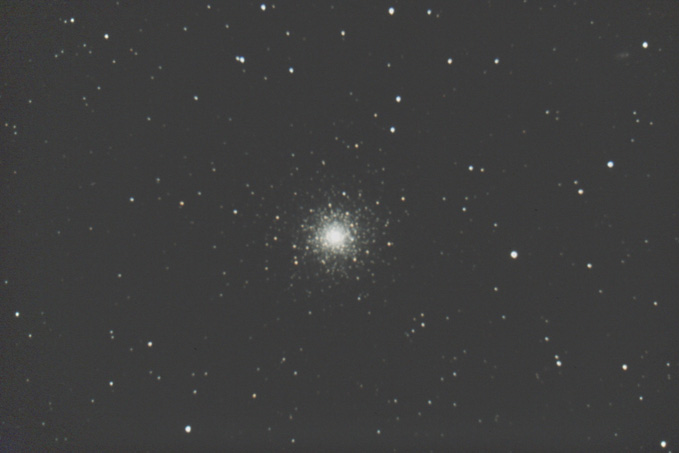
 |
| Date & Time: | Dec 5 2015, from 23:51 to 24:31 JST(+0900) |
| Composed 6 shots with 8 minutes exposed | |
| Optical: | Meade 25cm(10") Schmidt-Cassegrain with conversion lens (f=1600mm, F6.3) |
| with BaaderPlanetarium Moon&Skyglow filter | |
| Auto-guided with Meade LX200 Equatorial & Pictor 201XT | |
| Digital Camera: | Canon EOS D600 (Remodeled) |
| Location: | Ooizumi, Hokuto city, Yamanashi pref. |
| Camera Settings: | Recording Format...14bit CCD-RAW, converted to 16bit TIFF(5184×3456) |
| CCD Sensitivity...ISO1600 |
| |
M79 |
NGC2298 |
| Copyright(c) 2015 by Naoyuki Kurita, All rights reserved. | |||
| To top page | To Deepsky in Winter index | Columba |